Private storage aid (PSA) will be available to fresh or chilled carcases and half carcases of lamb aged less than 12 months.
Rate – €866/t for 90 days, €890/t for 120 days and €915/t for 150 days for up to 36,000t of lamb carcases or half-carcases to a value of €20m.
The aid is available for full hindquarters, defined as the “rear part of a half carcase, comprising all the bones and the thigh and sirloin, including the fillet, with a minimum of three whole or cut ribs, with or without the shank and with or without the thin flank”. Boneless has now been added as an option.
It applied originally to S,E,U and R grades, though Os were added subsequently.
The scheme is intended as “an aid for the total storage period based on costs for placing in and removal of storage, cold storage costs per day and partial compensation for the loss of product value from fresh or chilled to frozen beef”.
The level of aid announced is goes nowhere near what is required to cover the costs
Rates of payment are €1,008/t for 90 days, €1,033/t for 120 days and €1,058/t for 150 days up to a maximum of 25,000/t of bone in hindquarter beef to a maximum value of €26m. Minimum quantity per application is 15t.
Cormac Healy, of Meat Industry Ireland told the Irish Farmers Journal that “the level of aid announced is goes nowhere near what is required to cover the costs associated with freezing, storage, financing and also the collapsed market value of the cuts.”
On the dairy side, the European Commission has provided a €30m fund for the private storage of 330,000t of dairy butter, cheese and skimmed milk powder (SMP). This includes €6m storage aid for 90,000t of SMP, €14m for the storage of 140,000t of butter and €10m to store 100,000t of cheese.
Of the 100,000t of cheese available for storage aid, Ireland was given a quota of just over 2,000t, which is less than half the volume the Irish dairy industry had hoped for.
Co-ops can apply for this aid from 7 May for products that are already in storage. However, when viewed in context, these sort of volumes represent just a fraction of overall dairy production in Europe. In 2019, the EU produced 1.8m tonnes of SMP, 2.4m tonnes of butter and a massive 10m tonnes of cheese.
Overall, Dairy Industry Ireland (DII) welcomed the opening of private storage but said it fell far short of what was needed in terms of volume.
US dairy farmers will receive $2.9bn
Dr Declan O’Connor from Cork Institute of Technology (CIT) described the EU’s dairy support scheme as just a ‘drop in a bucket’ when compared against the aid package announced by President Trump to support US farmers.
“The US Department of Agriculture (USDA) recently announced a $19bn (€17.5bn) plan to help farmers and ranchers in the US.
“Of this, US dairy farmers will receive $2.9bn (€2.7bn) in direct payments while the USDA will spend $100m (€92m) per month to purchase dairy products off the market for the next 10 months,” said O’Connor.
“These amounts will undoubtedly make a large difference to the financial health and competitiveness of US dairy farmers as they supply circa 100m tonnes of milk this year. EU farmers who will produce circa 160m tonnes of milk this year can only look on with envy and frustration,” he added.
Different approaches for beef and dairy
Much has been said about how PSA can work for dairy products that have a longer shelf life which enables them be released on to a hopefully stronger future market. Beef and lamb have a short shelf life for the most expensive cuts and if they are frozen lose anything up to half the value.
There is a further problem with the scheme as originally proposed. What the EU offered is support for storage for full beef hindquarters and lamb carcases that haven’t been deboned.
It is an unwieldy process both to store and then have to defrost and debone meat at a later period
A decision by a processor to freeze steak meat would be the option of last resort but they would never commercially decide to freeze carcases.
By their nature, they are more difficult to store. It is an unwieldy process both to store and then have to defrost and debone meat at a later period. It also means that parts of the hindquarter that could be sold even in current markets such as the roasts and flanks would also have to be frozen and stored in this all or nothing scheme.
Not practical
This is completely at variance with the dairy scheme where the products milk is used to manufacture are dealt with separately as butter, SMP and cheese. For beef, they aren’t allowing individual cuts but a full hindquarter and similarly with a lamb carcase. The scheme was amended from the original proposal and will now allow full hindquarters and lambs be deboned before storage, a very slight improvement.
Comparing EU
and US COVID-19
support for farming
The EU has finally announced a financial support package for agriculture, based on paying businesses to store a range of dairy products, beef hindquarters and lamb carcases for a period to a combined value of €76m.
US $19bn package
A week earlier the US announced a $16bn (€14.7bn) fund “based on actual losses for agricultural producers where prices and market supply chains have been affected and will assist producers with additional adjustment and marketing costs resulting from lost demand and short-term oversupply for the 2020 marketing year caused by COVID-19”. This is simply a compensation package for farmer losses as a result of COVID-19.
It will be distributed to food banks, faith-based organisations
In addition they announced a $3bn (€2.75bn) fund where the “USDA will partner with regional and local distributors, whose workforce has been significantly impacted by the closure of many restaurants, hotels, and other food service entities, to purchase $3bn in fresh produce, dairy, and meat.” This is comparable to an intervention buying programme where the USDA will take produce prepared for the market. It will be distributed to food banks, faith-based organisations “serving Americans in need”.
Other funding
The USDA will also make available $873.3m (€803m) in Section 32 funding to purchase agricultural products for distribution to food banks. A further $850m (€782m) will be available for food bank administrative costs and a minimum of $600m will be designated for food purchases.
This means in total the US has announced a $20.7bn multifaceted support programme to support farmers compared with the €76m EU programme to fund private storage aid for processors to store produce. The US has just over twice the area actively farmed compared with the EU at 914m acres, 40% of the country according to USDA compared with 415m acres, 47% of the total land area in the EU (European Commission). The EU has five times as many farmers as the US at 10.5m compared with 2m in the US, which makes the average farm size in the US much larger than the EU average.
Reaction
The American Farm Bureau “applauded” the package compared to the cool reception from farm organisations in Ireland and across the EU. Of course, the US has the benefit at a time like this of being a single country with a central government that can make decisions quickly.
The EU is made up of 27 countries of varying levels of wealth and different priorities on levels of financial contribution and where it should be spent.
The EU may believe it has done its best to help farmers but compared to the standard set by the US, the amount available is tiny and the schemes that may assist dairy simply don’t work for either beef or lamb as currently defined.
Private storage aid (PSA) will be available to fresh or chilled carcases and half carcases of lamb aged less than 12 months.
Rate – €866/t for 90 days, €890/t for 120 days and €915/t for 150 days for up to 36,000t of lamb carcases or half-carcases to a value of €20m.
The aid is available for full hindquarters, defined as the “rear part of a half carcase, comprising all the bones and the thigh and sirloin, including the fillet, with a minimum of three whole or cut ribs, with or without the shank and with or without the thin flank”. Boneless has now been added as an option.
It applied originally to S,E,U and R grades, though Os were added subsequently.
The scheme is intended as “an aid for the total storage period based on costs for placing in and removal of storage, cold storage costs per day and partial compensation for the loss of product value from fresh or chilled to frozen beef”.
The level of aid announced is goes nowhere near what is required to cover the costs
Rates of payment are €1,008/t for 90 days, €1,033/t for 120 days and €1,058/t for 150 days up to a maximum of 25,000/t of bone in hindquarter beef to a maximum value of €26m. Minimum quantity per application is 15t.
Cormac Healy, of Meat Industry Ireland told the Irish Farmers Journal that “the level of aid announced is goes nowhere near what is required to cover the costs associated with freezing, storage, financing and also the collapsed market value of the cuts.”
On the dairy side, the European Commission has provided a €30m fund for the private storage of 330,000t of dairy butter, cheese and skimmed milk powder (SMP). This includes €6m storage aid for 90,000t of SMP, €14m for the storage of 140,000t of butter and €10m to store 100,000t of cheese.
Of the 100,000t of cheese available for storage aid, Ireland was given a quota of just over 2,000t, which is less than half the volume the Irish dairy industry had hoped for.
Co-ops can apply for this aid from 7 May for products that are already in storage. However, when viewed in context, these sort of volumes represent just a fraction of overall dairy production in Europe. In 2019, the EU produced 1.8m tonnes of SMP, 2.4m tonnes of butter and a massive 10m tonnes of cheese.
Overall, Dairy Industry Ireland (DII) welcomed the opening of private storage but said it fell far short of what was needed in terms of volume.
US dairy farmers will receive $2.9bn
Dr Declan O’Connor from Cork Institute of Technology (CIT) described the EU’s dairy support scheme as just a ‘drop in a bucket’ when compared against the aid package announced by President Trump to support US farmers.
“The US Department of Agriculture (USDA) recently announced a $19bn (€17.5bn) plan to help farmers and ranchers in the US.
“Of this, US dairy farmers will receive $2.9bn (€2.7bn) in direct payments while the USDA will spend $100m (€92m) per month to purchase dairy products off the market for the next 10 months,” said O’Connor.
“These amounts will undoubtedly make a large difference to the financial health and competitiveness of US dairy farmers as they supply circa 100m tonnes of milk this year. EU farmers who will produce circa 160m tonnes of milk this year can only look on with envy and frustration,” he added.
Different approaches for beef and dairy
Much has been said about how PSA can work for dairy products that have a longer shelf life which enables them be released on to a hopefully stronger future market. Beef and lamb have a short shelf life for the most expensive cuts and if they are frozen lose anything up to half the value.
There is a further problem with the scheme as originally proposed. What the EU offered is support for storage for full beef hindquarters and lamb carcases that haven’t been deboned.
It is an unwieldy process both to store and then have to defrost and debone meat at a later period
A decision by a processor to freeze steak meat would be the option of last resort but they would never commercially decide to freeze carcases.
By their nature, they are more difficult to store. It is an unwieldy process both to store and then have to defrost and debone meat at a later period. It also means that parts of the hindquarter that could be sold even in current markets such as the roasts and flanks would also have to be frozen and stored in this all or nothing scheme.
Not practical
This is completely at variance with the dairy scheme where the products milk is used to manufacture are dealt with separately as butter, SMP and cheese. For beef, they aren’t allowing individual cuts but a full hindquarter and similarly with a lamb carcase. The scheme was amended from the original proposal and will now allow full hindquarters and lambs be deboned before storage, a very slight improvement.
Comparing EU
and US COVID-19
support for farming
The EU has finally announced a financial support package for agriculture, based on paying businesses to store a range of dairy products, beef hindquarters and lamb carcases for a period to a combined value of €76m.
US $19bn package
A week earlier the US announced a $16bn (€14.7bn) fund “based on actual losses for agricultural producers where prices and market supply chains have been affected and will assist producers with additional adjustment and marketing costs resulting from lost demand and short-term oversupply for the 2020 marketing year caused by COVID-19”. This is simply a compensation package for farmer losses as a result of COVID-19.
It will be distributed to food banks, faith-based organisations
In addition they announced a $3bn (€2.75bn) fund where the “USDA will partner with regional and local distributors, whose workforce has been significantly impacted by the closure of many restaurants, hotels, and other food service entities, to purchase $3bn in fresh produce, dairy, and meat.” This is comparable to an intervention buying programme where the USDA will take produce prepared for the market. It will be distributed to food banks, faith-based organisations “serving Americans in need”.
Other funding
The USDA will also make available $873.3m (€803m) in Section 32 funding to purchase agricultural products for distribution to food banks. A further $850m (€782m) will be available for food bank administrative costs and a minimum of $600m will be designated for food purchases.
This means in total the US has announced a $20.7bn multifaceted support programme to support farmers compared with the €76m EU programme to fund private storage aid for processors to store produce. The US has just over twice the area actively farmed compared with the EU at 914m acres, 40% of the country according to USDA compared with 415m acres, 47% of the total land area in the EU (European Commission). The EU has five times as many farmers as the US at 10.5m compared with 2m in the US, which makes the average farm size in the US much larger than the EU average.
Reaction
The American Farm Bureau “applauded” the package compared to the cool reception from farm organisations in Ireland and across the EU. Of course, the US has the benefit at a time like this of being a single country with a central government that can make decisions quickly.
The EU is made up of 27 countries of varying levels of wealth and different priorities on levels of financial contribution and where it should be spent.
The EU may believe it has done its best to help farmers but compared to the standard set by the US, the amount available is tiny and the schemes that may assist dairy simply don’t work for either beef or lamb as currently defined.




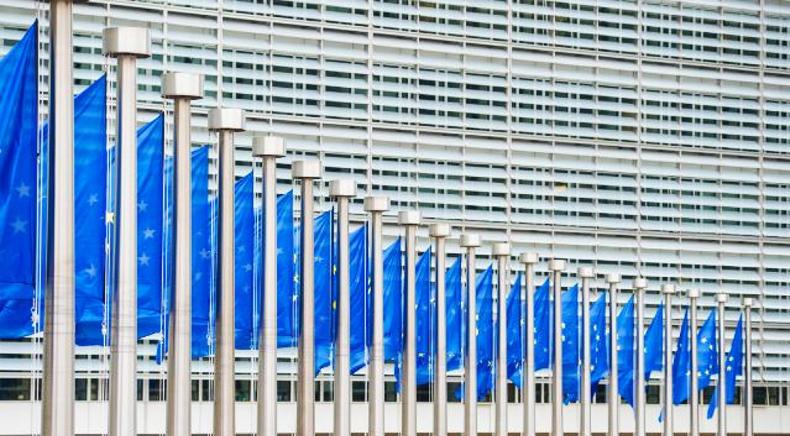
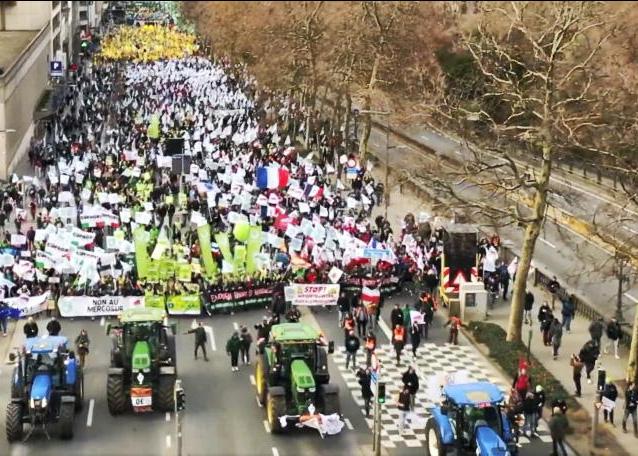
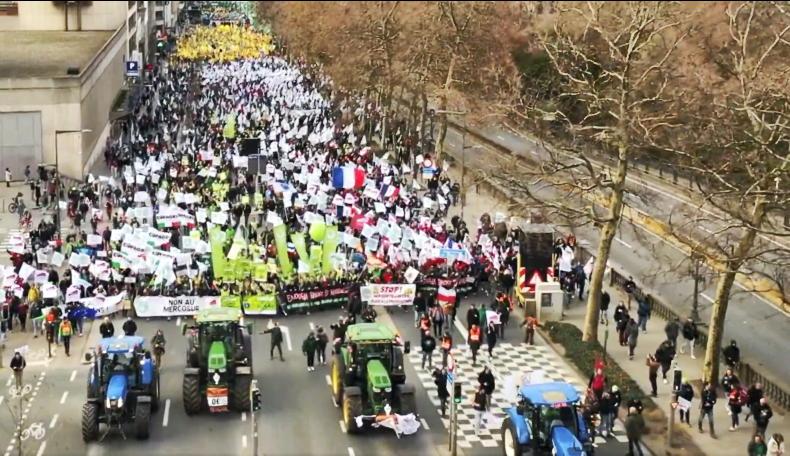
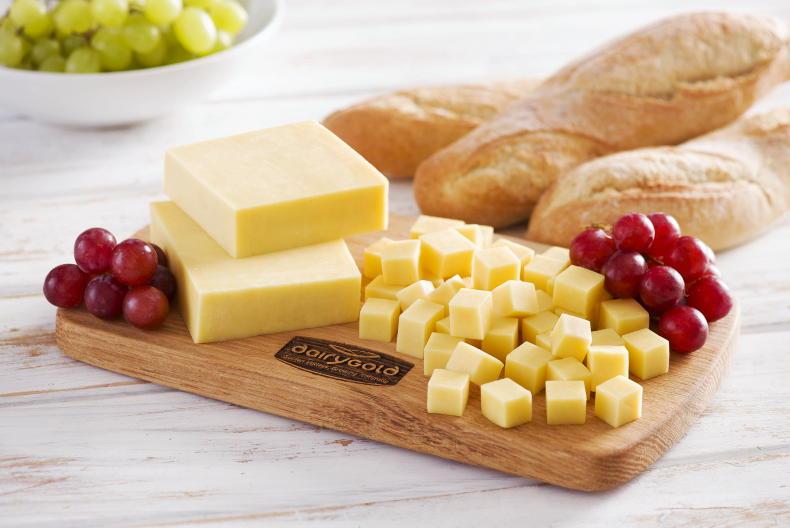
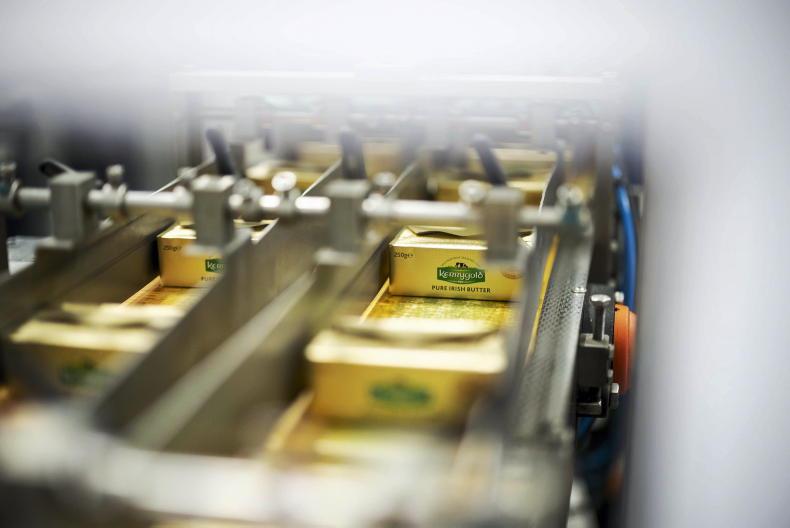
SHARING OPTIONS